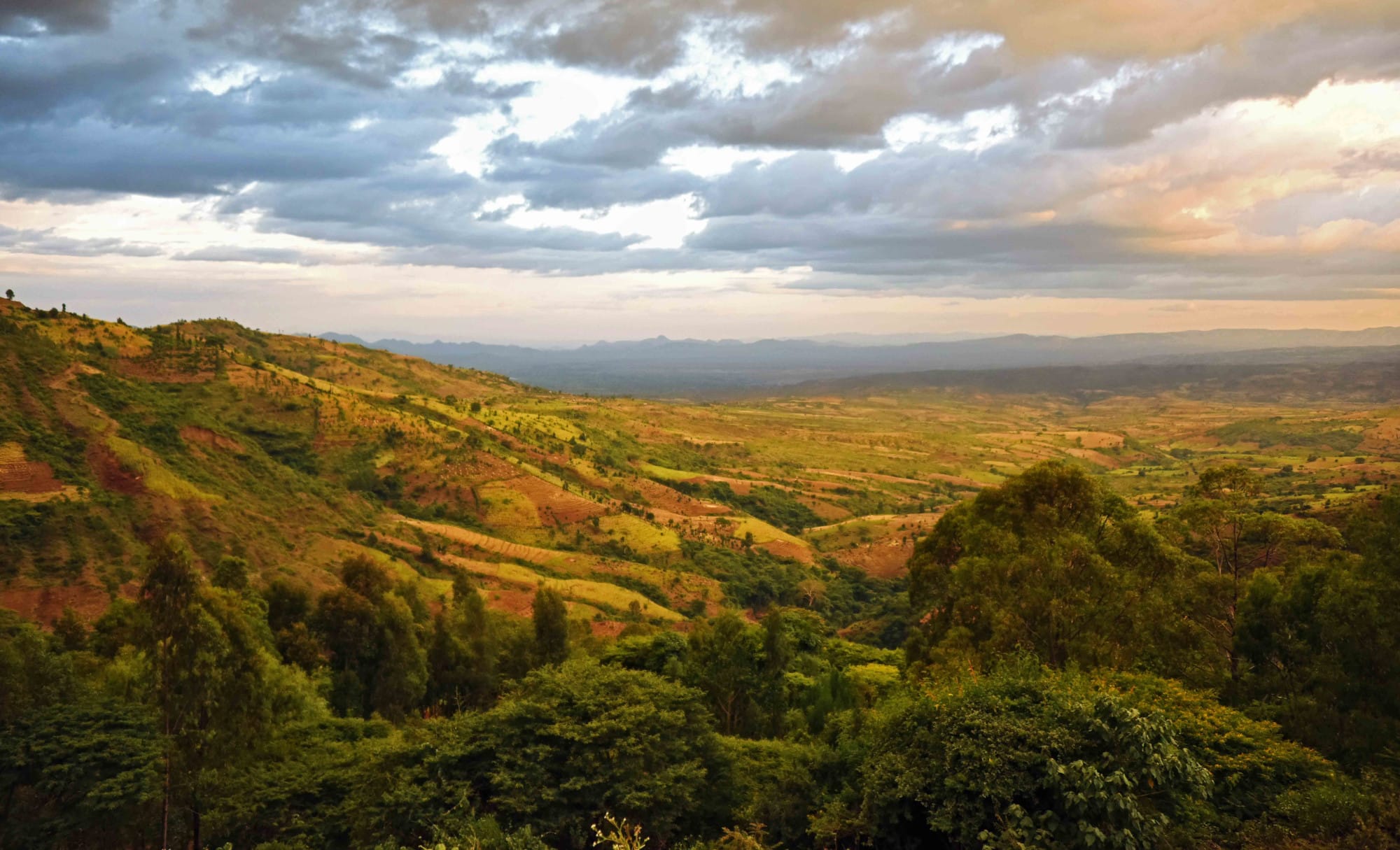Impossible List - 15 December
How far I've come over the course of the last month in regards to the impossible list of goals I've set for myself.

As climate change continues to disrupt traditional weather patterns, smallholder farmers across Sub-Saharan Africa face increasing uncertainty in their agricultural planning.

As climate change continues to disrupt traditional weather patterns, smallholder farmers across Sub-Saharan Africa face increasing uncertainty in their agricultural planning. The creation of a web application to forecast the onset and cessation of rainy seasons represents a powerful opportunity to bridge the information asymmetry between the large scale and small scale farmers.
Creating an effective forecasting system requires a sophisticated integration of multiple data sources. At its core, the application would draw from satellite imagery provided by major weather monitoring systems like EUMETSAT and NOAA, complemented by ground-based weather stations where available. The challenge lies in combining these modern data sources with historical rainfall patterns and climate data spanning decades to create accurate predictions.
The backbone of the system would rely on advanced machine learning algorithms, particularly neural networks trained on historical weather patterns. These models would need to recognize complex patterns in cloud formation and movement while accounting for seasonal trends and local climate variations. The sophistication of these models becomes particularly crucial in regions where traditional weather patterns have become less reliable due to climate change.
However, technical sophistication must be balanced with practical usability. The mobile application needs to function reliably in areas with limited connectivity, supporting multiple local languages and dialects. The interface must be intuitive enough for users with limited technical literacy, incorporating visual representations of weather patterns and voice-based interactions for non-literate users. SMS alerts for critical weather events would ensure that vital information reaches farmers even in areas with basic mobile phone coverage.
The path to successful implementation is complex and multifaceted. In rural areas, limited internet connectivity presents a significant challenge, necessitating robust offline functionality. The application must be designed with consideration for devices with limited battery life, as charging opportunities may be scarce in many rural areas. These technical challenges are compounded by the sparse weather monitoring infrastructure in many regions, requiring creative solutions to ensure data accuracy.
Perhaps more crucial than the technical challenges are the social and cultural considerations. Success depends heavily on building trust in technology-based forecasting while respecting and incorporating traditional weather prediction methods. The application must be developed with deep cultural sensitivity, engaging local communities in the design process and establishing strong support systems for users.
The potential impact of such an application extends far beyond improved weather forecasting. For individual farmers, it enables optimized planting and harvesting schedules, potentially reducing crop losses and improving yields through better timing of agricultural activities. This optimization can lead to significant economic benefits, as farmers can better allocate their resources and time their market participation for maximum profit.
The social impact could be equally profound. By providing reliable weather information, the application empowers smallholder farmers to make informed decisions about their farming practices. This empowerment can lead to knowledge transfer between communities and enhanced resilience to climate shocks. The environmental benefits are also significant, as improved planning can lead to more efficient water resource management and better soil conservation practices.
Success in deploying such an application requires a carefully phased approach. Initial development should focus on close collaboration with selected farming communities, integrating their traditional knowledge and feedback into the design process. This prototype phase should include rigorous testing of both the technical accuracy and the user interface, ensuring the application meets the real needs of its intended users.
The deployment phase must emphasize community engagement through training programs and partnerships with local agricultural extension services. These partnerships are crucial for building trust and ensuring sustainable adoption of the technology. As the project scales, developing a sustainable business model becomes essential, potentially involving partnerships with mobile network operators and integration with existing agricultural services.
The development of a weather forecasting application for Sub-Saharan farmers represents more than just a technological advancement – it's a crucial tool for adaptation in an era of climate uncertainty. Success requires a delicate balance of cutting-edge technology with deep understanding of local contexts and needs. When properly implemented, such an application could significantly contribute to agricultural productivity, food security, and economic stability across Sub-Saharan Africa.
The true measure of success will be the application's ability to become an integral part of farming communities' decision-making processes, complementing traditional knowledge with modern forecasting capabilities. As climate change continues to challenge traditional farming patterns, tools like this become increasingly vital for agricultural communities across the region, offering hope for more resilient and productive farming practices in the face of environmental uncertainty.